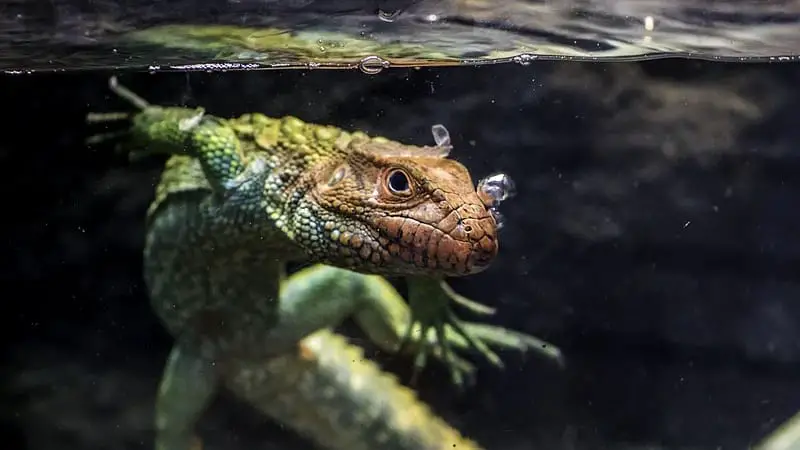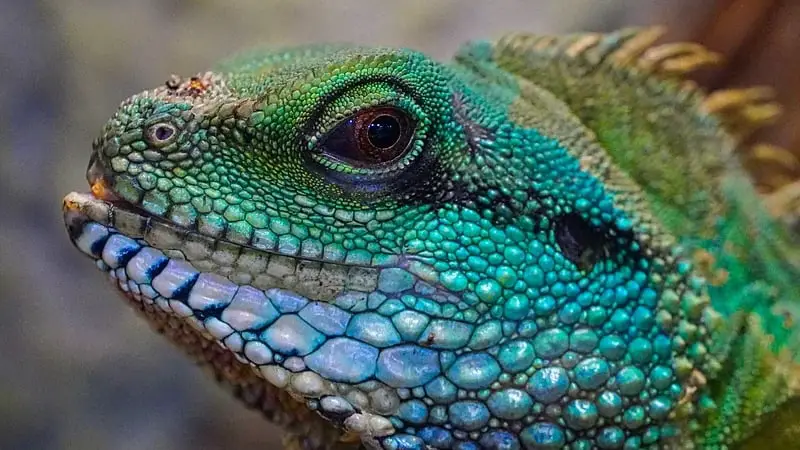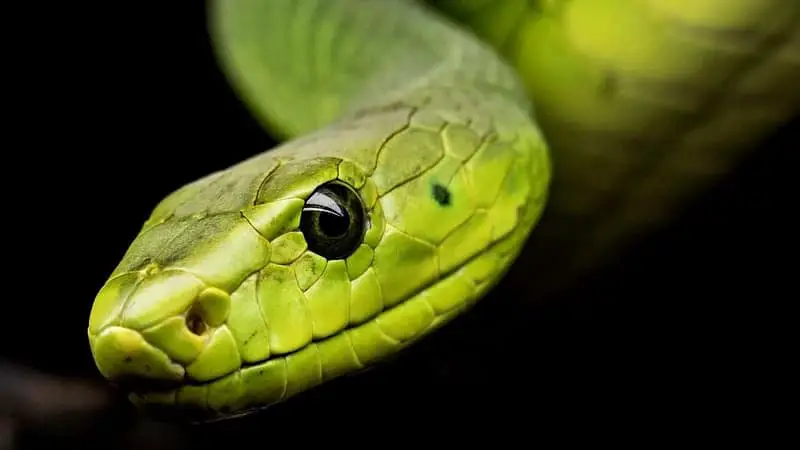Reptiles have become a favorite for pet keepers. Animals like lizards, iguanas, and snakes have become a typical sight in many homes. In the event of a vacation or during travel, these precious pets are always in tow. During winter, it is essential to know if your reptile can travel when it is cold.
Reptiles can travel when it is cold. However, they do not produce heat on their own, so they need an external source of warmth during travel. Common external heat sources for reptiles are car heating, warm water bottles, warm bedding, and hand warmers.
There are important factors to note when keeping your pet warm as you travel. Details such as the actual temperature, mode of transportation, and distance are vital information to guide you on how best to keep your reptile warm. Read on and find out how best to travel with your reptile when it is cold.
What Temperature Is Too Cold For Reptiles?

Reptiles are cold-blooded animals. They can regulate their temperature when need be, and they need a heating source such as the sun. They require a temperature of between 70 to 85 degrees Fahrenheit.
The coldest temperature most reptiles can handle is 65 degrees Fahrenheit. Lower temperatures are too harsh and may give your reptiles a cold shock. Aside from catching a cold, your animal may not survive this temperature.
How Do You Transport Reptiles In The Cold?
Since reptiles have to regulate their body temperature, you need to transport your pet in an insulated space such as Styrofoam. If you have a small pet, such as a lizard, you can wrap it up in a medium-sized towel, leaving enough room for it to breathe, and tuck it inside your jacket or pouch.
If you choose a carrier box, select a small one instead of a large one. Smaller carrier boxes are snug and will insulate and retain heat much better than a large ones. Ensure your reptile is not too squeezed, though, as room limitation might cause distress.
If you are traveling with a lizard, ensure the enclosure will accommodate its full length with a straight tail, with extra space for movement.
How Do You Keep Reptiles Warm When Travelling?
You have to ensure that your mode of transportation is kept warm as you transport your reptile. There are several ways to keep your reptile warm when traveling.
Warm Your Vehicle
During cold weather, your vehicle tends to get cool inside, even if the windows are shut. You should warm the car to achieve a constant warm temperature that your reptile will regulate its own.
The warm vehicle will also prevent your animal from getting a chill or a cold shock. Ensure your car’s heating vents are not directly in front of your reptile or too near to it. It may overheat.
Use A Hot Water Bottle
Hot water bottles are reliable insulators for the provision of heat. The bottles can hold hot water for long periods, which is suitable when you are traveling.
Ensure that the water you pour into the hot water bottle is not too hot for you, as you will be carrying it. Also, make sure it is not too hot for the reptile you are traveling with. If it is too hot, it might burn your pet.
To ensure the hot water bottle does not get too hot, wrap it up in cloth like a handkerchief or a towel. Some hot water bottles come with a cover that should produce the required heat while protecting you from getting burnt.
Use Hand Warmers

Hand warmers perform the same function as hot water bottles do. They are thin and are air-activated. They provide heat for up to ten hours.
If you are using hand warmers, place them outside the carrier box or cage, not inside. The hand warmers may end up overheating your pet’s enclosure and overheating the reptile itself as well.
Furthermore, hand warmers can absorb the air in the enclosure and suffocate the animal. Their heat is sufficient enough to provide warmth outside the reptile’s carrier.
Add Bedding To The Enclosure
You can add bedding to the carrier to make sure it is warm. You can use different types of material for the bedding. The materials include newspaper, paper towels, folded old clothes, towels, or a mixture of these materials.
The amount of bedding you use depends on your reptile’s size. Use enough material that the reptile can snuggle up into, keep warm whenever it wants to, and come out when the heat is too much.
Not only will the bedding provide heat, but it will also offer comfort. As you travel, your reptile will feel comfortable and reminiscent of home and not be in distress.
Put A Lid On The Carrier Box
Covering your reptile’s carrier box will trap heat inside and keep your animal even warmer. An open-top carrier box will let warm air that is accumulating inside due to other warming efforts escape beating the purpose of trying to warm your reptile.
Ensure that your carrier box has enough ventilation to breathe. Even if the journey is short, your reptile must get enough air; otherwise, it will suffocate. If you have a breathable blanket, you can place it over your reptile’s carrier box instead of putting a lid over it. It will still trap some warmth.
Can Reptiles Overheat?

Reptiles can overheat when if you expose them to too much heat. Reptiles regulate their body temperature according to their surrounding. If they are too cold, they move to a warm area to get heat up.
When they get too hot, they move to cold areas to cool down. While traveling with your reptile and the vehicle is overheated, the animal will not have anywhere to cool off when it gets too hot.
Reptiles cannot pant or sweat as a cooling mechanism, and they will overheat. Some reptiles might succumb to this heat.
As you observe measures to keep your reptile from the cold, ensure you do not fatally expose them to too much heat either.

